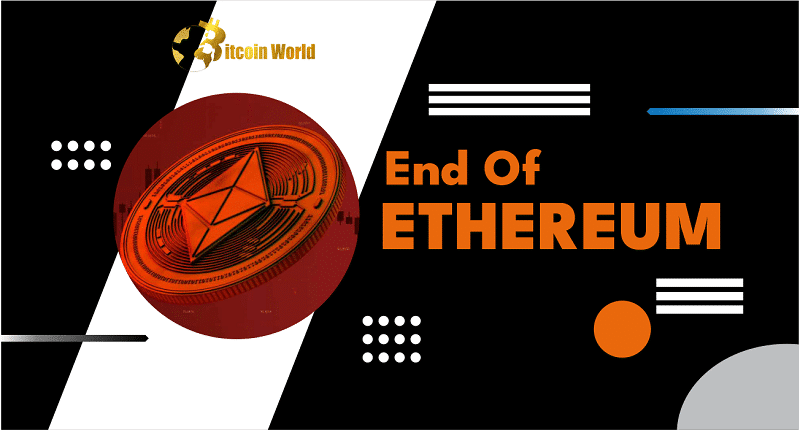The recent events that unfolded on the 11th and 12th of May sent shockwaves through the Ethereum network, raising concerns about the future of this popular cryptocurrency. A sudden disruption occurred when most of the network’s validators, comprising an astonishing 60% of the total, unexpectedly halted their operations. This unexpected turn of events gave rise to a perplexing situation called a loss in finality. But what does this term mean, and why is it paramount to the Ethereum network?
In blockchain technology, “finality” holds immense significance as it represents a state where a block and its associated transactions receive confirmation and acceptance from a supermajority of validators, which constitutes two-thirds of the total validators. Once a transaction achieves finality, it is considered permanent and cannot be altered or erased retroactively from the blockchain.
The loss in finality experienced by Ethereum during those fateful days had profound implications. With a significant number of validators abruptly ceasing their operations, the network’s ability to achieve consensus and confirm transactions was severely compromised. This lack of consensus meant that transactions were left in a state of uncertainty, as they needed to be fully confirmed and accepted. The implications of this loss in finality reverberated throughout the Ethereum ecosystem.
Finality plays a crucial role in ensuring the security and reliability of a blockchain network. It gives users the confidence that once their transactions are confirmed, they are etched in stone and cannot be tampered with. Finality also allows for efficient dispute resolution and prevents the possibility of double-spending, a malicious activity that undermines the integrity of the network.
The sudden disruption in finality within the Ethereum network underscored the need for robust validator participation and the inherent vulnerabilities associated with overreliance on a few key validators. It prompted the community to reevaluate the network’s governance and validator distribution, seeking ways to mitigate the risks associated with a loss in finality.
As the Ethereum community works towards resolving the finality issue, it serves as a reminder of the evolving nature of blockchain technology. It highlights the importance of continuous innovation and the need to address challenges that arise in order to foster the growth and adoption of cryptocurrencies. The quest for finality is a fundamental aspect of blockchain networks. Overcoming obstacles in achieving and maintaining it will be critical for the long-term success of Ethereum and other blockchain platforms.
In conclusion, the loss in finality experienced by Ethereum during those fateful days brought into focus the significance of this concept within the blockchain ecosystem. It highlighted the essential role that finality plays in ensuring transaction security, reliability, and immutability. As the Ethereum community navigates through this challenge, it presents an opportunity to strengthen the network’s infrastructure and governance, paving the way for a more resilient and trustworthy blockchain platform.















